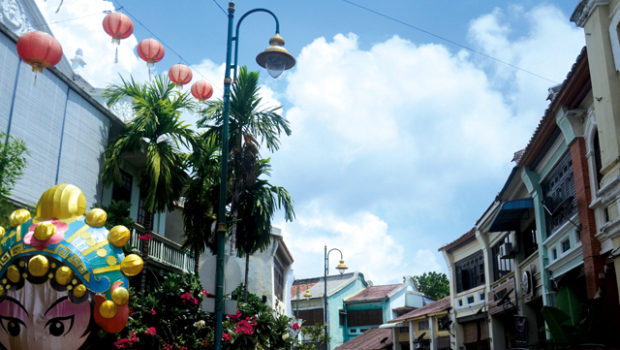
George Town heritage celebration – something new, something old

George Town first gained its UNESCO Heritage Site recognition in 2008 and is an exceptional blend of arts, culture and good food. Its distinctive features include influences from the British colonial rule after Sir Francis Light turned the little abandoned island into a flourishing port. George Town bears many similarities to other straits settlements like Melaka and Singapore. As these places were once under British administration, many road names are identical and the people take after British habits such as listening to classical music, enjoying ballroom dancing and having afternoon Hi-Teas.
Apart from that, George Town is undoubtedly a vibrant testimony to the multi-cultural heritage and tradition of Asia and the European colonial influences. The tangible as well as the intangible heritage of the two continents are reflected explicitly through the lifestyles of the residents living within George Town, making the enclave a living heritage.
There are numerous aspects of heritage to be celebrated and one that is celebrated annually is the George Town Heritage Celebration. The celebration aims to educate the communities as well as involving them to work together in preserving numerous traditional aspects.

This year, George Town will see the resurgence of traditional sports and games. ‘Mai Main’, a local colloquial term which means ‘Come and Play Together’ is this year’s theme. Throughout the month of July, visitors will get the chance to travel down the nostalgic path of conventional amusements from the yesteryears.
 A dynamic experience awaits with plenty of hands-on activities and mind challenging activities for visitors of all ages. Informative displays are installed to explain the games to visitors.
A dynamic experience awaits with plenty of hands-on activities and mind challenging activities for visitors of all ages. Informative displays are installed to explain the games to visitors.
 George Town Heritage Celebrations will run specifically from July 7 to July 9 and is organized by George Town World Heritage Incorporated with the support from the community and state authorities.
George Town Heritage Celebrations will run specifically from July 7 to July 9 and is organized by George Town World Heritage Incorporated with the support from the community and state authorities.

LIVING HERITAGE
The heritage celebration will see some of game masters, also known as part of the living heritage conducting workshops. Apart from the old colonial buildings that makes the tangible heritage here in Penang, intangible heritage or also known as living heritage is one of key aspect to the heritage celebration. While the annual experience of the heriatge celebration are scatteredly celebrated across the town, the communities that makes all the workshop happened are formed among these living creatures.

It was four years ago when we covered the heritage stories of 12 living heritages. From Khor Ewe Hok, the dough figurine maker to Penang’s last tombstone engraver, Yeoh Gim Huat, we got them all covered. These are some of the octogenarians that are still protecting the heritage treasures of Penang.
Intangible assets are the soul of a city. The five domains of intangible cultural heritage as defined by UNESCO are oral traditions and expressions, performing arts, social practices, rituals and festive events, knowledge and practices concerning nature and the universe, as well as traditional craftsmanship.

There are a lot of appreciations aimed to uphold these intangible heritages, also known as living cultural assets such as the creation of The Living Heritage Treasures of Penang Award, Penang Apprenticeship Program for Artisans.
Even before being named as a UNESCO World Heritage Site, Penang has already been a culturally rich town. The mix and blend of the people is what makes George Town the way it is now.
Artisan Kok Ah Wah is the last surviving handmade signage carver in Penang. He is recognized as a master craftsman and conferred with the Living Heritage Treasure of Penang 2006 Award by Penang Heritage Trust.

Using about a half dozen tools and a steady pair of hands, he turns softwood board into a large black plaque within three weeks in his workshop at Lebuh Queen. These plaques are usually placed above main door entrances and are an important symbol of identity for the Chinese community. His attention to detail and exquisite skill attracted many customers of all over the globe.
 Apart from that, songkok is a Malay must wear and worn mostly in occasions such as praying, weddings and more. This traditional cap is made from materials such as felt, cotton, and velvet in the shape of a truncated cone that is commonly worn by Muslim men.
Apart from that, songkok is a Malay must wear and worn mostly in occasions such as praying, weddings and more. This traditional cap is made from materials such as felt, cotton, and velvet in the shape of a truncated cone that is commonly worn by Muslim men.
Opened in the 1930’s, ‘Kedai Songkok OSM Mohd Shariff’ along Lebuh King, is famous for being the last songkok maker in Penang. Raja Mohaideen learned the trade from his father and he takes about two hours to complete a songkok.
 Unfortunately, many traditional businesses are a dying trade with the old masters passing on without taking any apprentices. The need to conserve these heritages lay upon the shoulders of those who call George Town their home.
Unfortunately, many traditional businesses are a dying trade with the old masters passing on without taking any apprentices. The need to conserve these heritages lay upon the shoulders of those who call George Town their home.
 GTWHI helps to establish the awareness for such need and have been continuously organising various programs to uphold the cause. Watch out for their StreetFest happening on Saturday 9 July, 2016 from 6pm until 9.30pm. The program will have workshops, demonstration, exhibition, food and toys.
GTWHI helps to establish the awareness for such need and have been continuously organising various programs to uphold the cause. Watch out for their StreetFest happening on Saturday 9 July, 2016 from 6pm until 9.30pm. The program will have workshops, demonstration, exhibition, food and toys.



 Previous Article
Previous Article Next Article
Next Article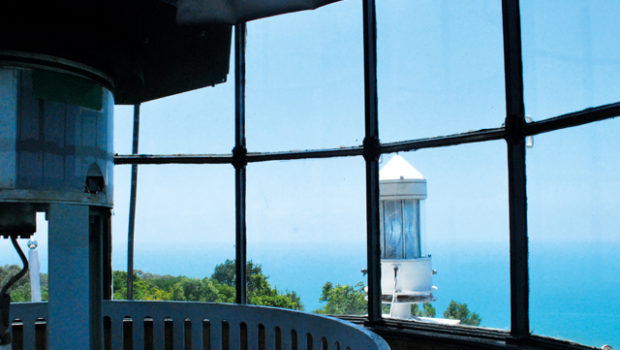 Lighthouse of the bay of glowing amber
Lighthouse of the bay of glowing amber 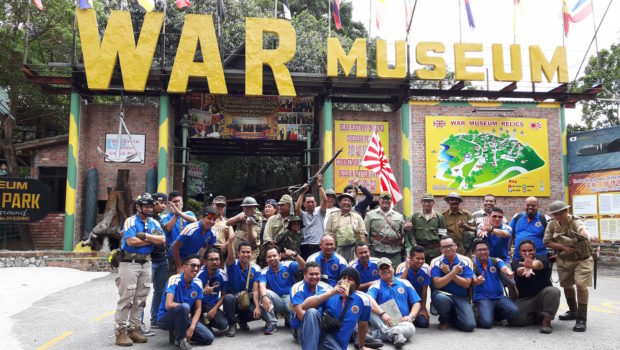 Penang War Museum – remnant of the past
Penang War Museum – remnant of the past 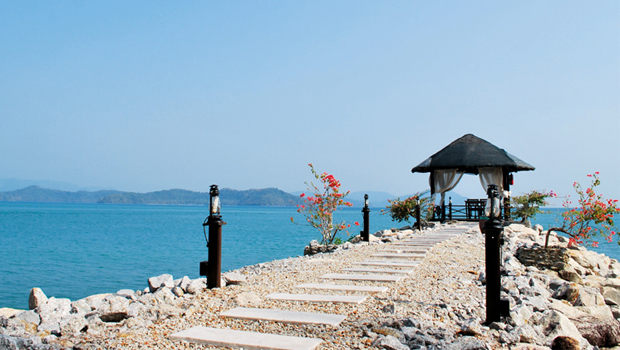 REBAK ISLAND A Private Retreat
REBAK ISLAND A Private Retreat 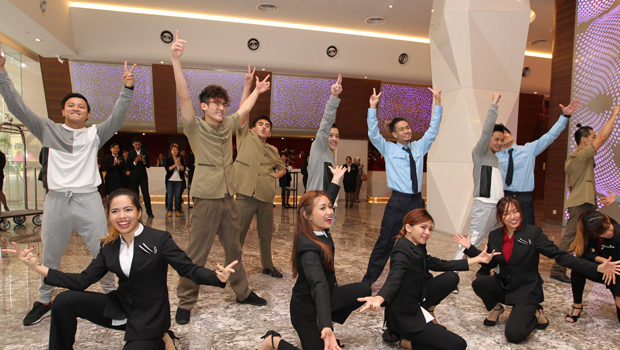 Sunway Pyramid Hotel unveils new look
Sunway Pyramid Hotel unveils new look  Roll Ice Cream
Roll Ice Cream 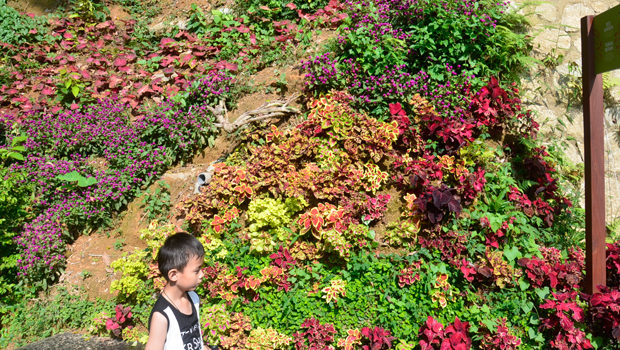 The Habitat Penang Hill
The Habitat Penang Hill 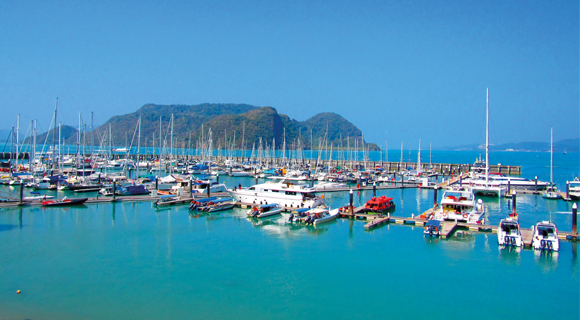 The all-new Royal Langkawi Yacht Club
The all-new Royal Langkawi Yacht Club 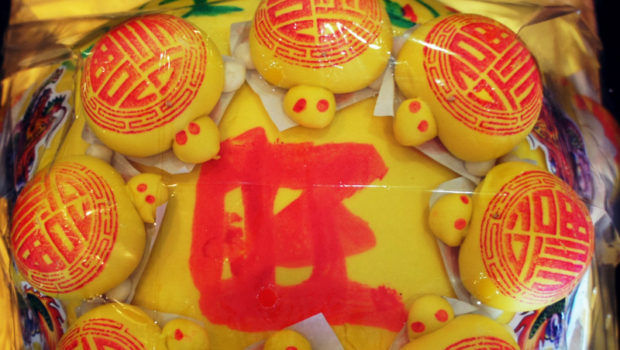 Nine Emperor Gods Festival
Nine Emperor Gods Festival